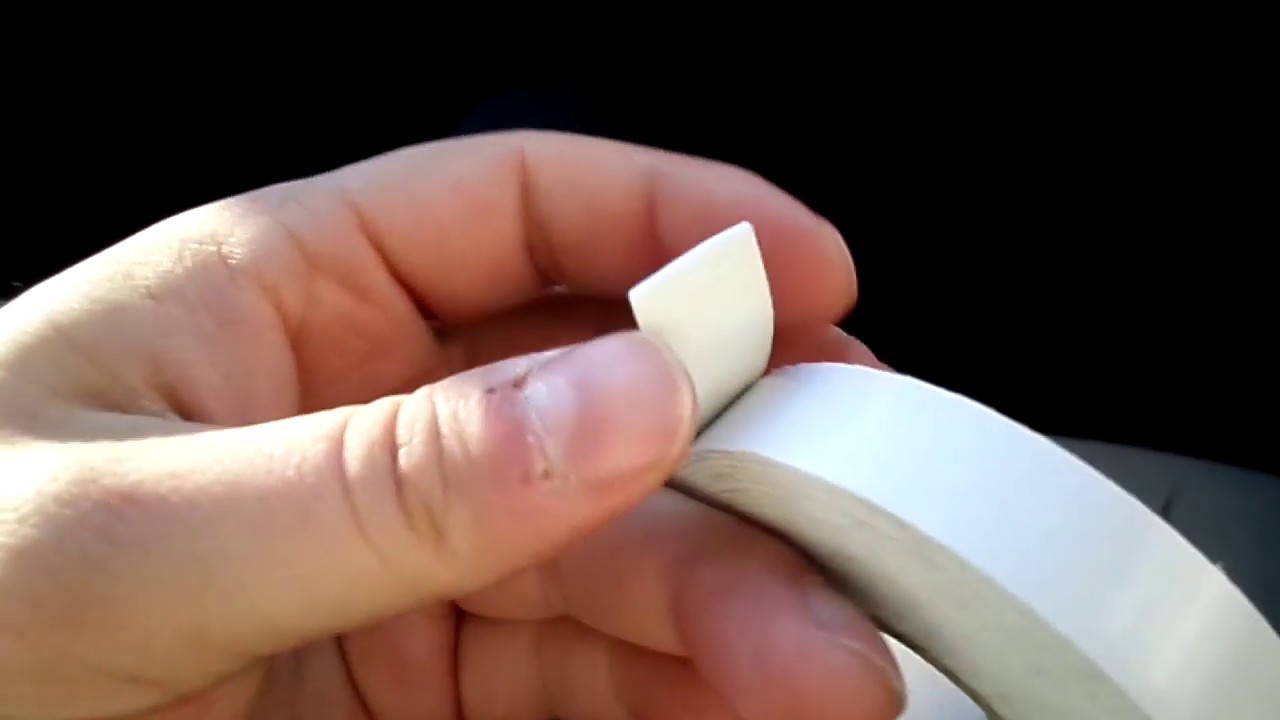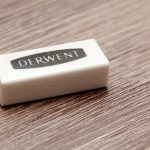How to remove plastic from tape
One of the most practical household accessories is, without a doubt, scotch tape. He has such an endless number of the most diverse ways of application, as no other household item has. But after itself, this material leaves poorly removable traces, which can still be dealt with if you follow the recommendations of this article.

Why does scotch tape leave marks?
Scotch tape is a two-layer (in some varieties - three-layer) adhesive tape, the top of which is a solid plastic base, and the inner one, due to its adhesion properties, allows you to glue various surfaces together. It is the adhesive layer that leaves stubborn marks. This is due to the fact that acrylates act as a base for the adhesive layer, which have the ability to penetrate the glued surface for better adhesion.

How to wipe off traces of scotch tape from different surfaces
Before answering the question of how to wash the glue from the tape, it should be noted that for different surfaces, appropriate techniques should be used to remove the adhesive layer. After all, adhesive tape can be removed from one material quite easily, and special means may be required to clean another surface.

From glass
By its structure, glass is a material that does not enter into a chemical reaction with acrylic. Only superficial adhesion of adhesive tape is possible. However, exposure to direct sunlight poses additional challenges when removing adhesive tape residues.
Any chemical material on hand can be used to reliably remove the adhesive from the glass surface. For example, thinner, alcohol, or, in the case of a small stain, even glass cleaner.

First of all, in this matter, it is necessary to build on the size of the glue spot and the degree of its hardening on the glass. If the adhesive tape has been glued for a long time and the acrylic layer has had time to bake well in the sun, a preliminary chemical action on the surface with alcohols or solvents will be required. Leftovers can be easily removed with a dry cloth.
If the adhesive tape has recently been glued and the sticky layer has been removed with only small residues on the glass, the surface must be pre-treated with a special glass-washing liquid, which can be purchased at any hardware store.

From a plastic surface
Before removing scotch marks on plastic, you must be extremely careful and attentive.Because when using some types of solvents, the surface of the material to be cleaned can be damaged. Therefore, the first step is to try using alcohol. If such a liquid is not at hand, you can try to wipe the stain with white spirit.

Note! Before using any solvent on plastic, it is recommended to first check its effect on this material in an inconspicuous place.
If the plastic is tough and doesn't have a glossy finish, you can try using a regular school eraser. In this case, wipe off the tape with the soft side. The use of oil can give a good result. First we apply it on sticky residues, let it soak for 20-30 minutes and soften the stain, and then remove it with a dry cloth.

For some types of plastic, it is possible to use a hair dryer. Preheat the surface, and then remove the sticky layer with a rag or paper towel.
From metal
To remove adhesive tape from metal surfaces, you can use almost any of the materials at hand:
- solvent;
- eraser;
- essential oils;
- alcohols;
- hairdryer.
With a short exposure on the surface, there are practically no traces of the use of scotch tape, so if the question is how to peel off the scotch tape from the metal, you can safely use any available tool.
From furniture
The ability to remove adhesive tape residues from furniture directly depends on the penetration of sticky acrylic into the upholstery. If the stain is old, it may take a long and painstaking work to completely remove the residue.
For fabrics, the most gentle means are alcohols or essential oils. Before using them, it is also recommended to first apply a small amount of the product to an inconspicuous part of the surface to make sure that the fabric dye will not be adversely affected.

Note! It is impossible to expose the adhesive spot to solvents for too long, it can penetrate deeper and then it will become impossible to remove it with improvised means.
We apply the selected product to the place where the adhesive tape is glued, and then remove the remnants with a soft nap cloth. We repeat the procedure until all visible dirt is removed from the upholstery. After this operation, the area to be cleaned can be gently wiped off.

From the car
In this case, the choice of the most suitable material directly depends on the surface on which the tape has fallen. If for the paintwork of a car it is possible to use such coarse agents as solvents, then in the case of interior trim it is recommended to use alcohols or essential oils. We clean the upholstery as in the example with furniture fabric - after checking the selected composition for safety for the material itself.

It is also possible to preheat the sticky spot with a hair dryer to speed up the action of the solvent or alcohol.
With household appliances
Methods for removing the acrylic layer of adhesive tape from the surface of household appliances should also be related to the resistance of the surface of the material to be cleaned to the effects of certain solvents.
If it is glossy plastic, rubbing alcohol or essential oils is recommended. In any case, the use of paint thinner is strictly prohibited. Such a product can damage the surface.

For glass or metal areas of household appliances, we use the methods discussed earlier.
Removal methods
All the previously considered methods for cleaning various surfaces from scotch residues can be divided according to the materials used into:
- purification with essential oils;
- rubbing with an eraser;
- warming up with a hairdryer;
- use of a solvent.
Let's consider each method separately further.
Oil use
Essential oils are more commonly used when removing adhesive tape. Due to their composition, they help dissolve acrylic and make it much easier to remove stains from surfaces.

If such funds are not at hand, you can use ordinary oils such as sunflower or motor oils. However, it must be remembered that their use is possible only on materials that do not absorb liquids.
Rubbing with an eraser
This method will help to quickly wash the masking tape from the plastic window. And also erase from the surface of glass and metal. If the sticky layer has not yet hardened, use a soft eraser. For stubborn stains, rubbing with the hard side is great.

It is recommended after such work to clean the surface with alcoholic liquids, including window cleaner.
Solvent application
It is advisable to use solvents only on those surfaces where after the end of the work there are no traces of the use of this agent - metal, glass.
If it is necessary to use a solvent on plastic, before starting work, it is imperative to check the degree of its effect on the surface, so that if it is too strong, it can be quickly washed off.

For fabrics, in most cases, solvents are not recommended, because of their possible effect on the paint layer of the material.
Heating with a hairdryer
As an independent method, heating with a hairdryer does not always give the desired result. But as preparatory work, it is great for many surfaces, including fabric ones.

In most cases, an ordinary household hair dryer will also work well; when working with glass or metal, it is possible to use a construction tool that allows you to use higher temperatures of the injected air.
How to remove double-sided tape
If you need to remove the double-sided tape, the easiest way to do this is to peel off the inner plastic layer that serves as the basis for the adhesive on both sides. And then already clean the surface from sticky residues.

This material can also be removed by heating with a hair dryer and then finishing with a suitable product.
To remove double-sided tape from the plastic of a car or body surface, the previously voiced advice will do.
What can not be used
It is strictly forbidden to use when cleaning the remains of adhesive tape with highly abrasive materials - metal brushes, sandpaper, cleaning powder. Such methods can damage even the most resistant surface, leaving behind scratches, let alone soft plastic or wood.

Having carefully studied the recommendations of this material, you can get rid of even the most difficult and old stain from adhesive tape.
Video: how to quickly and easily remove traces of scotch tape













